Mother of millions care guide – expert tips to keep this succulent flowering
With the right care this kalanchoe plant will produce an abundance of delicate blooms
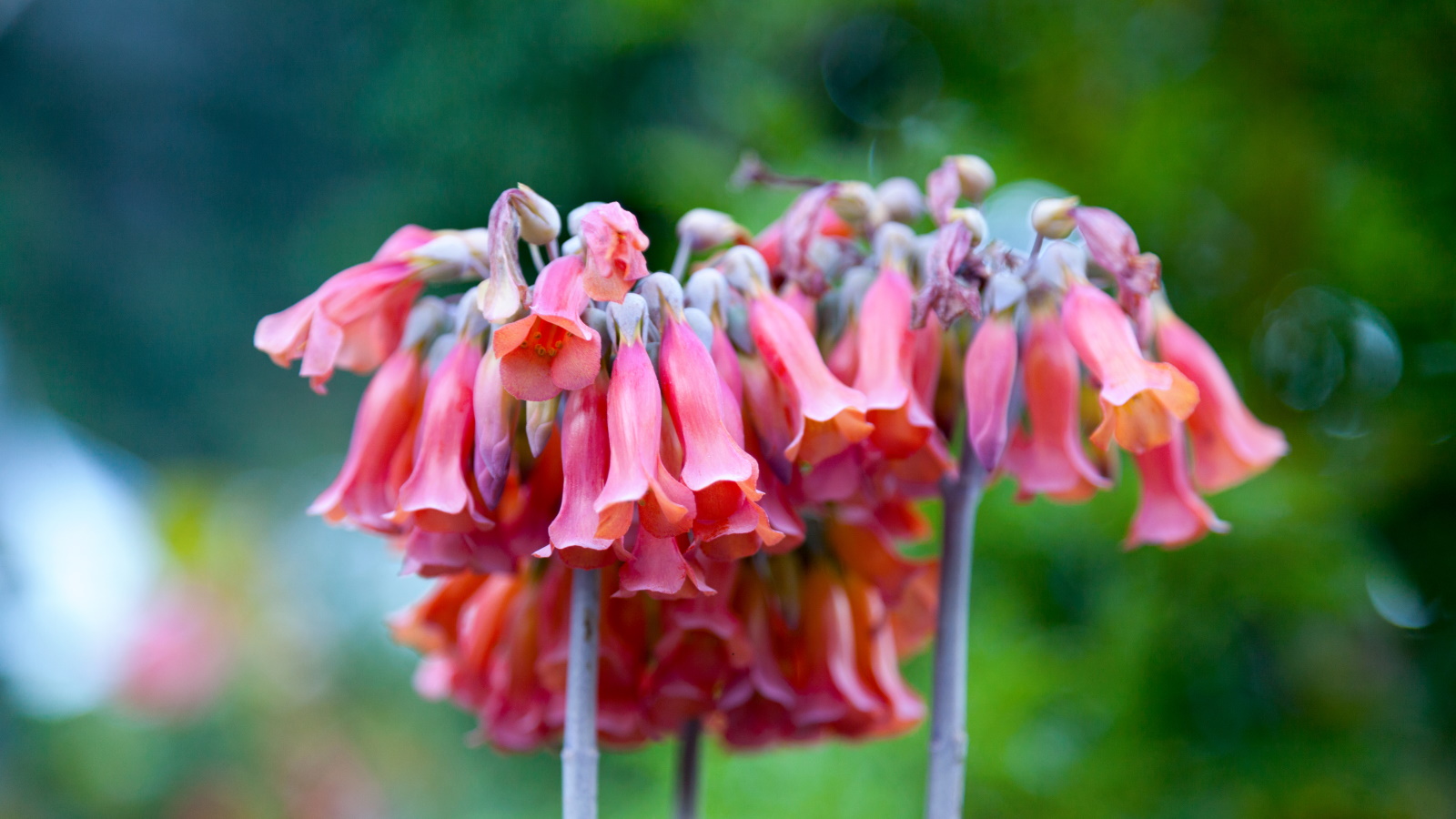

If unusual indoor plants are your thing and you want to brighten up your home with beautiful color, the mother of millions kalanchoe might just be the perfect pick.
Kalanchoe daigremontiana, also commonly known as mother of millions or Devil's backbone, is a succulent native to Madagascar. One of the best indoor plants, it can make for a striking addition to your houseplant display, featuring eye-catching spiked foliage that leads up to an abundance of stunning pink-orange bell flowers.
When learning how to care for a kalanchoe, mother of millions are generally a low maintenance indoor plant, and just require some essential care to get them to flower. To help you keep your mother of millions plant blooming, we've spoken to a collection of experts for their top care tips.
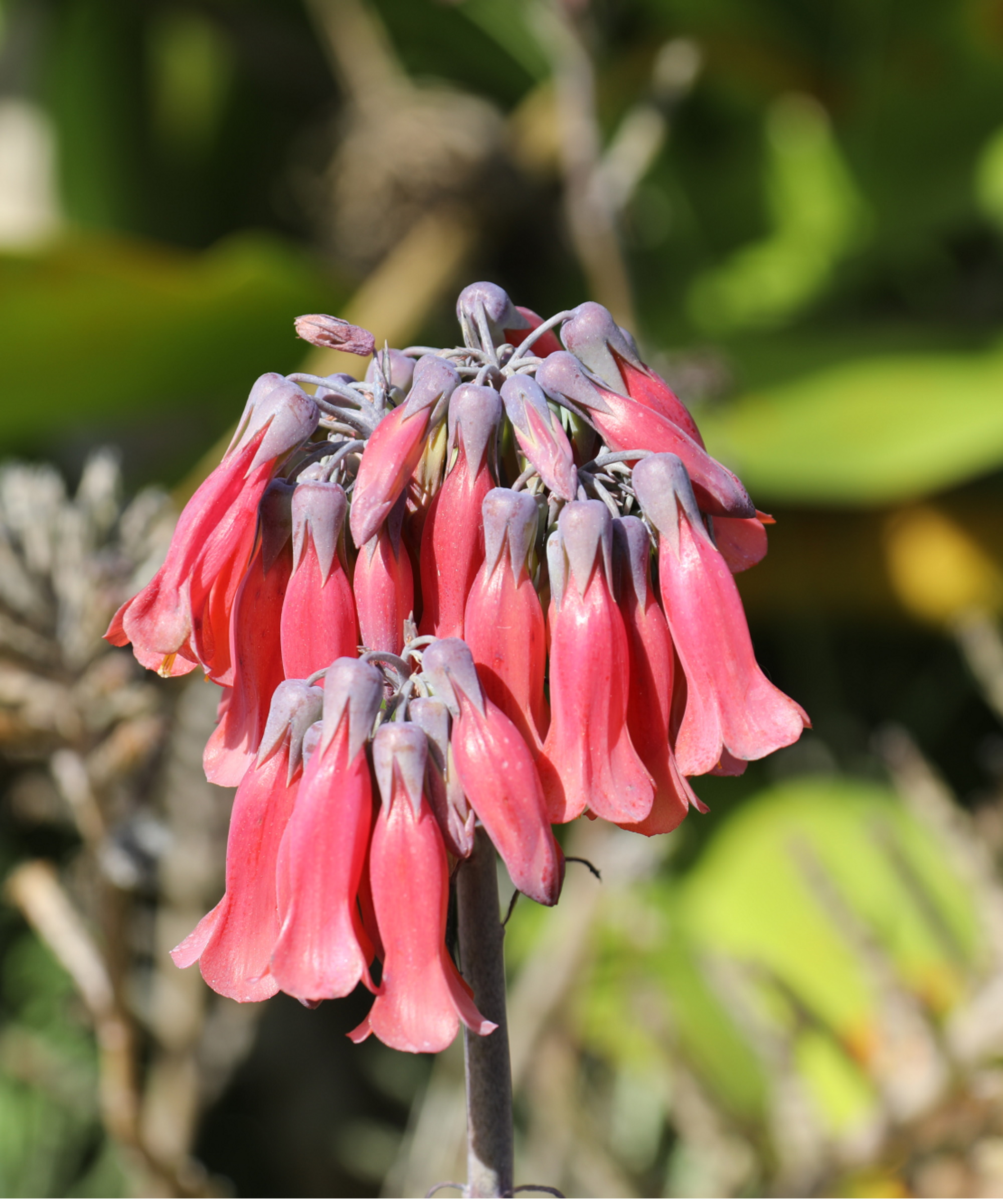
Expert care tips for mother of millions
Mother of millions are one of the best indoor flowering plants, and can grow up to one meter in height indoors and nearly up to two meters outdoors in US hardiness zones 9-11.
These striking flowering succulents are perfect for houseplant lovers wanting to add a quirky touch to their indoor garden. Here are a few expert tips for keeping your mother of millions plant happy.
Provide plenty of bright light
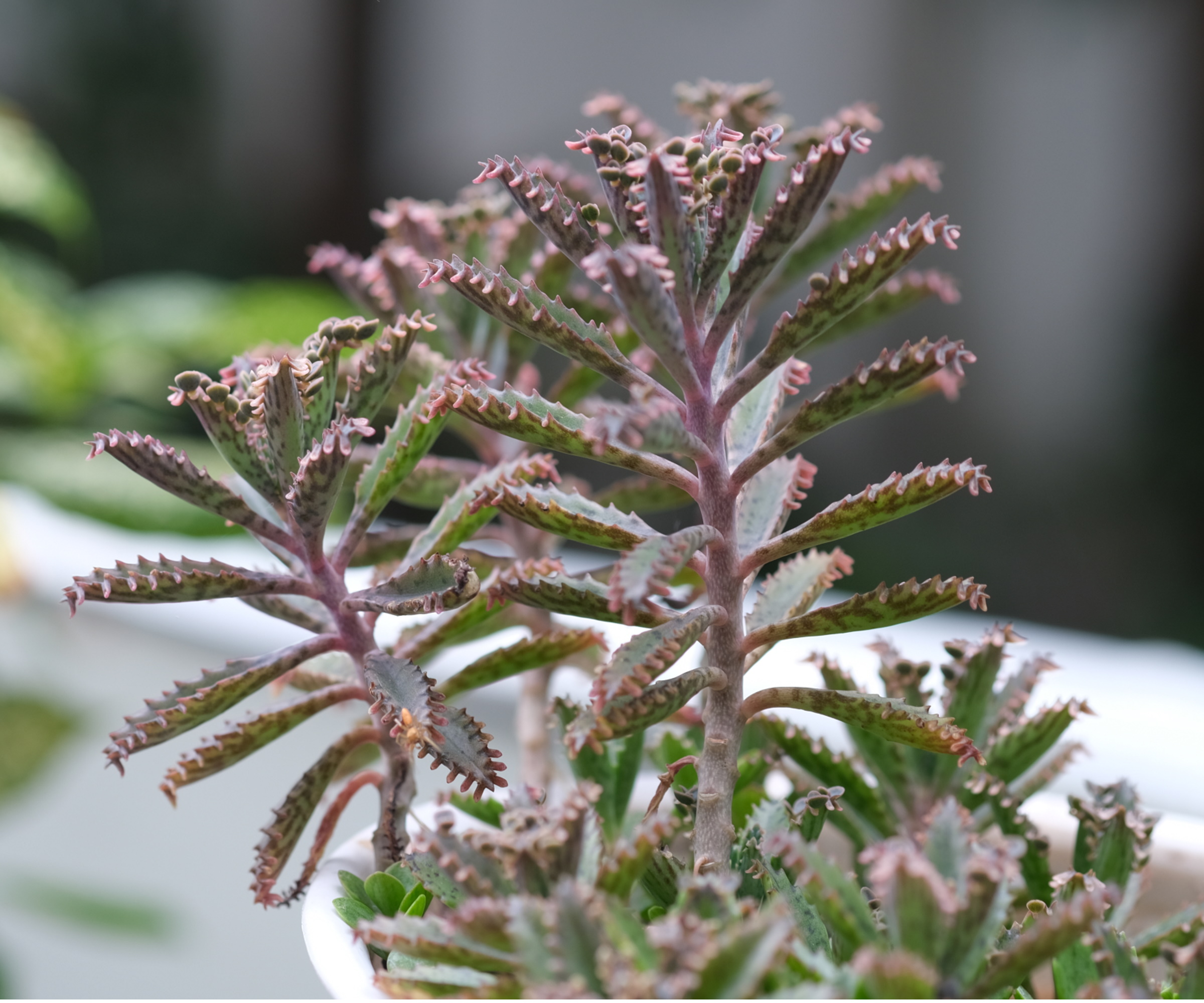
Kalanchoes are succulents native to tropical climates and in their natural habitat, they are exposed to direct sunlight for many hours before having a period of cool darkness.
'The mother of millions should get bright light and several hours of direct sunlight. An east, south or west window can be ideal for their growth indoors,' says Paris Lalicata, head of plant education and community at The Sill.
This will help encourage blooms during late winter and early spring, when kalanchoes typically flower.
Providing insufficient light for your mother of millions plant could lead to it not flowering, so it's key to choose a bright spot with lots of exposure to the sun in the day.
If you struggle to provide lots of natural light during darker months, a grow light like this LED grow light from Amazon might help.
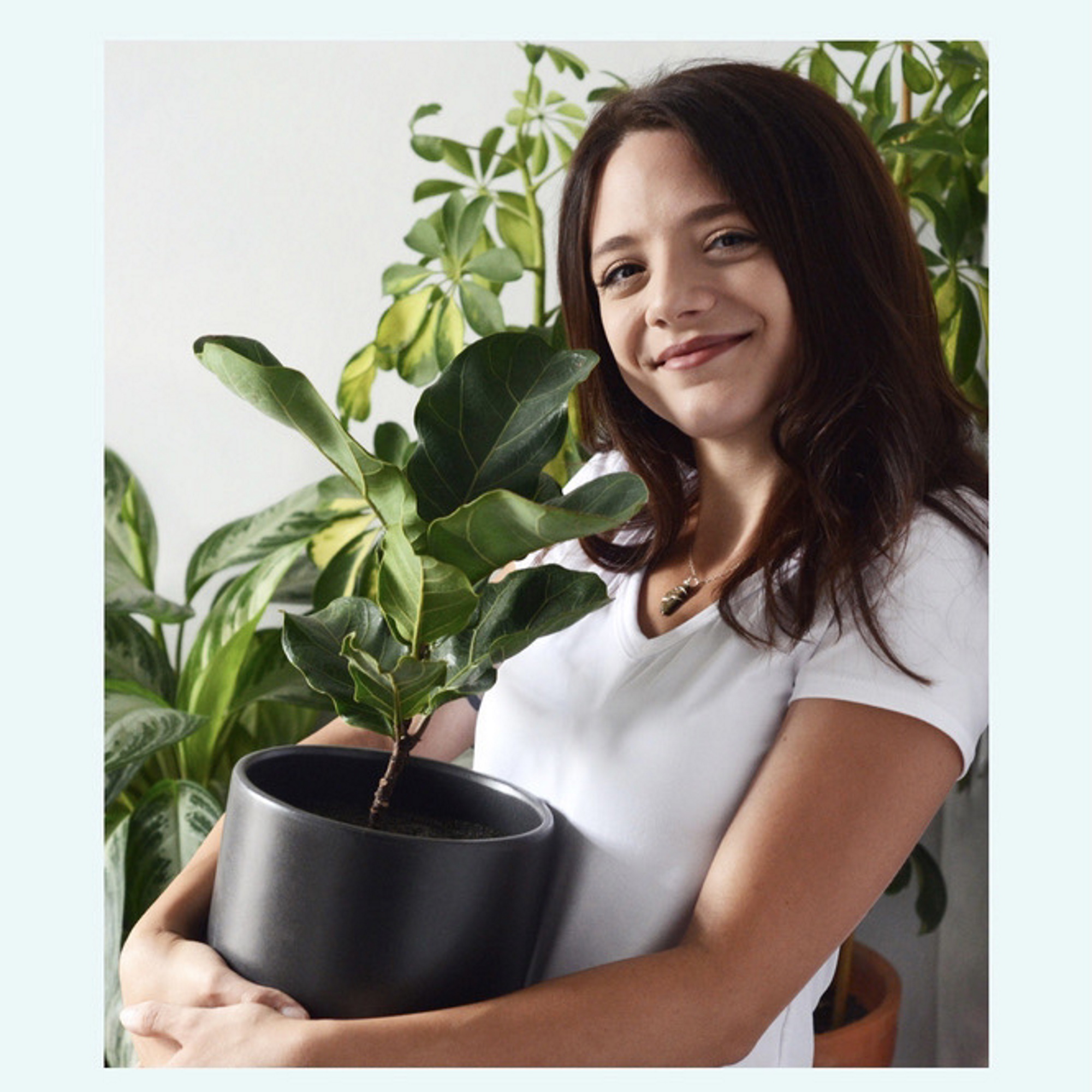
Paris has been at The Sill for five years, looking after Plant Education and Community. She is a self-taught plant expert with over ten years of experience growing houseplants and is currently working on becoming a certified sustainable gardener. She maintains an indoor garden of over 200 plants in the north-east of the USA and is passionate about making plant care more digestible for budding plant parents.
Let it dry out
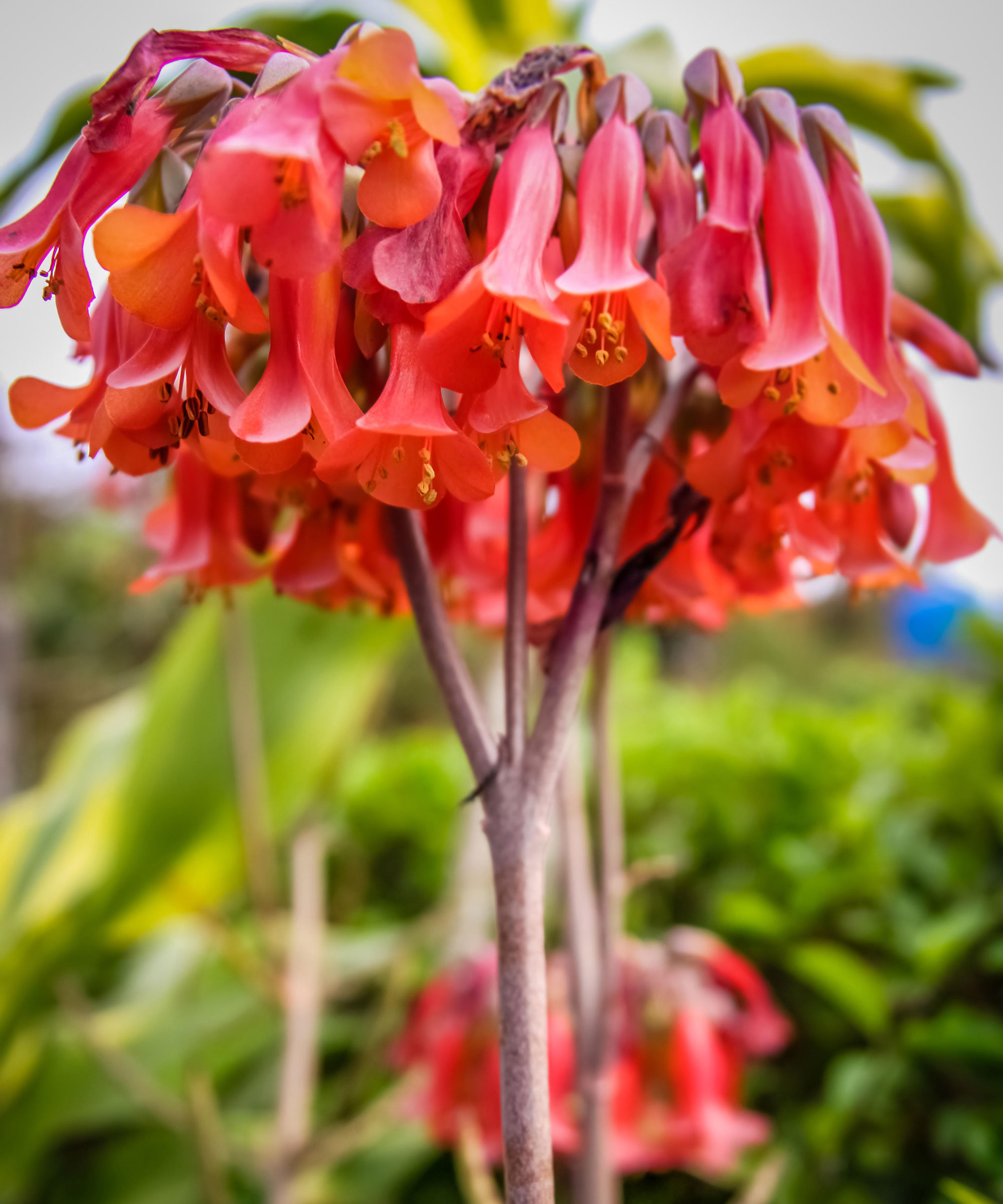
When it comes to knowing how to water houseplants, it's important to understand the ideal moisture levels so that you don't over or underwater them. It can be especially difficult to know when to water succulents because they often have different requirements to other plants.
'Water mother of millions moderately and allow the soil to dry out between watering,' says Autumn Hilliard-Knapp, houseplant expert from Perfect Plants.
A good tip is to soak your mother of millions thoroughly before letting it dry out. This allows it to take the moisture it needs, making it easier to avoid overwatering. You can also use a meter, like this moisture meter from Amazon, to monitor moisture levels.

Autumn is a horticulture specialist and marketing professional at Perfect Plants Nursery. With four years of experience in the horticulture industry, she has developed a passion for helping people create beautiful indoor and outdoor spaces to enjoy. Her expertise in horticulture encompasses a broad range of activities, including plant care and selection, landscape design, and maintenance.
Repot when it becomes pot-bound
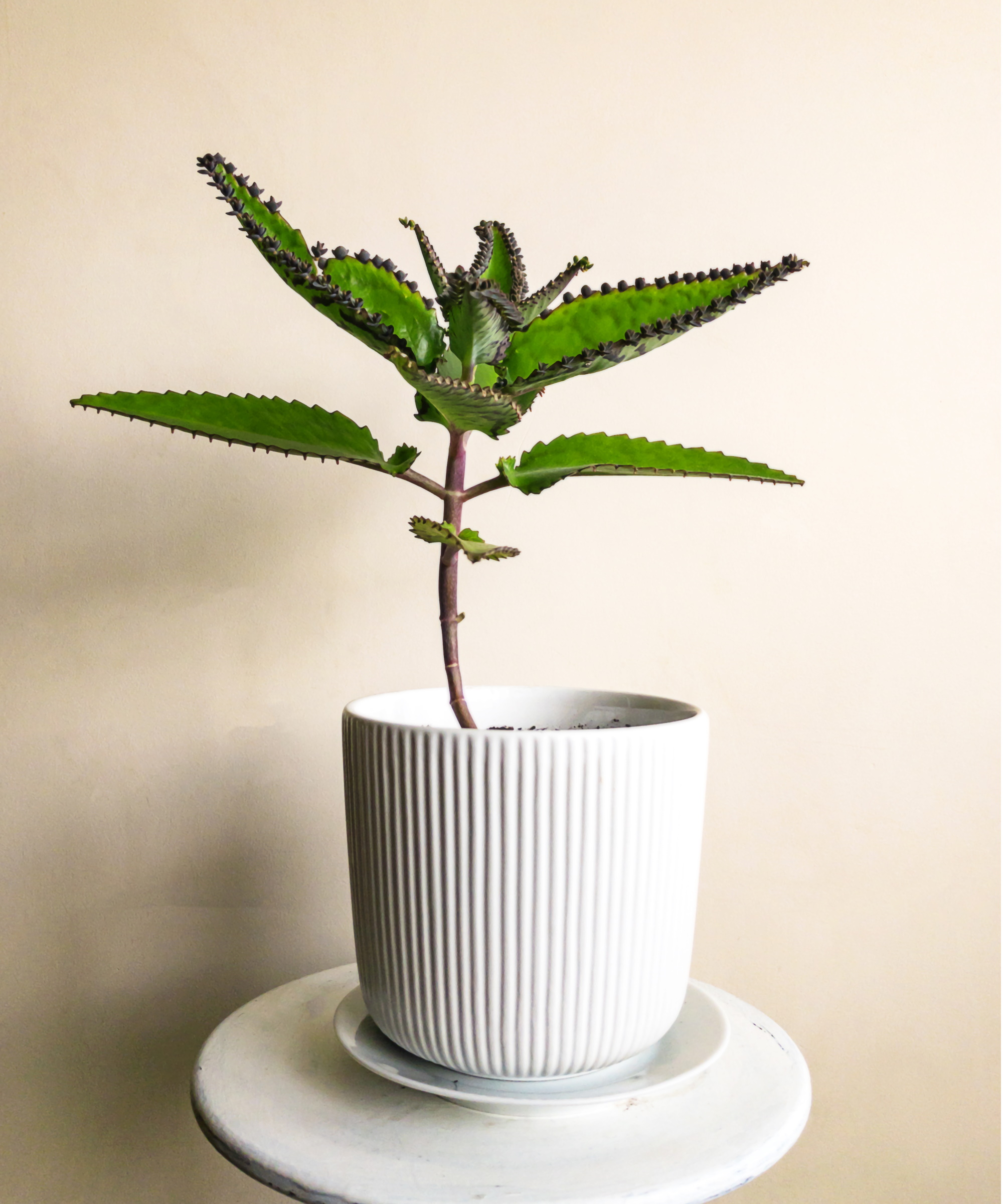
These plants are notorious for producing lots of little baby plants on its leaves. You'll be able to spot them as tiny plantlets lining the edge of the foliage.
As a result, they can spread easily and grow fast so you may notice more kalanchoe plants growing elsewhere.
'They tend to grow like weeds no matter the soil conditions so you only need to repot when the plant has become pot bound in its container,' says Paris.
You can check if your mother of millions has become pot-bound by inspecting how much room in the soil there is for the roots to still grow.
When it's time to repot, simply transfer it into a larger container with fresh potting soil, like this potting mix from Garden Goods Direct. This will help boost further growth and encourage blooms to appear.
FAQs
How do you propagate mother of millions?
It's easy to propagate kalanchoe plants, especially mother of millions which gets its name from the fact that it produces lots of plantlets along the edges of its leaves. When the offsets have reached a size of around a third of the parent plant's size, simply take them as cuttings and propagate in soil or water. Ensure to keep cuttings in a bright, warm spot to encourage rooting.
How do you prune mother of millions?
Mother of millions kalanchoe is fast-growing plant that can get a little unruly if you let it. You can use clean pruning tools to keep your mother of millions in shape. Simply cut back any leggy growth or unhealthy foliage. Pruning in this way will also help encourage a fuller look and flowering.
Mother of millions are stunning kalanchoe plants that produce delicate bell flowers. If you pair them with other indoor flowering plants, like African violets and anthuriums, you can create a bright, blooming indoor garden.
Sign up to the Homes & Gardens newsletter
Design expertise in your inbox – from inspiring decorating ideas and beautiful celebrity homes to practical gardening advice and shopping round-ups.

Tenielle is a Gardens News Writer at Homes & Gardens. She holds a qualification in MA Magazine Journalism and has over six years of journalistic experience. Before coming to Homes & Gardens, Tenielle was in the editorial department at the Royal Horticultural Society and worked on The Garden magazine. As our in-house houseplant expert, Tenielle writes on a range of solutions to houseplant problems, as well as other 'how to' guides, inspiring garden projects, and the latest gardening news. When she isn't writing, Tenielle can be found propagating her ever-growing collection of indoor plants, helping others overcome common houseplant pests and diseases, volunteering at a local gardening club, and attending gardening workshops, like a composting masterclass.
-
 How to clean a patio – 6 different methods, and when you must use a chemical cleaning agent
How to clean a patio – 6 different methods, and when you must use a chemical cleaning agentFrom manual scrubbing, natural solutions or calling in the pros, industry experts reveal the benefits and considerations of each method
By Andy van Terheyden Published
-
 Kris Jenner's favorite air fryer, the Ninja Crispi, is the perfect small kitchen solution – it deserves a place on the most compact of countertops
Kris Jenner's favorite air fryer, the Ninja Crispi, is the perfect small kitchen solution – it deserves a place on the most compact of countertopsKris approves of this compact yet powerful air fryer, and so do our own kitchen appliance experts, praising it for its multifunctionality
By Hannah Ziegler Published